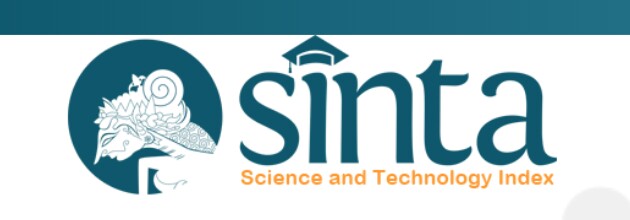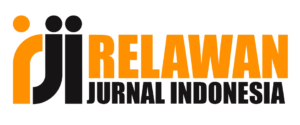ANALISIS PERBANDINGAN METODOLOGI CUSTOMER SATISFACTION INDEX DALAM RANGKA PENINGKATKAN PELAYANAN KESEHATAN DI INDONESIA
Abstract
Customer Satisfaction Index (CSI) is an economic indicator that measures the satisfaction of consumers across nation. This paper discusses the measurement model from an economic point of psychology is positioned as a variable customer loyalty . We will also discuss some studies which include : market segmentation , product positioning , competitiveness , consumer perception , customer satisfaction , and quality of service . To determine the position of the CSI Indonesia compared to other countries CSI inventors and other users it is necessary comparisons and scientific study .. This article discuss 7 methodologies on Consumer Satisfaction Index (CSI) developed by used in respective countries, e.g. Sweden Customer Satisfaction Barometer (SCSB), American Customer Satisfaction Index (ACSI), European Customer Satisfaction Index (ECSI), National Customer Satisfaction Index (NCSI), Japanese Customer Satisfaction Index (JCSI), Customer Satisfaction Index of Singapura (CSISG) and Indonesian Customer Satisfaction Index (ICSC). This study aims to be reference for the development of CSI in Indonesia, particularly in the healthcare , in order to improve the consumer / patient satisfaction

The authors who publish their articles in Jurnal Ilmiah Kesehatan Media Husada must approve the copyright statement as follows :
1. The authors agree to automatic transfer of the copyright to the publisher
2. All material contained in this site is protected by law.
3. If you find one or more articles contained in the journal that violate or potentially infringe your copyright, please contact us via email lppmkwidyagamahusada@ac.id
4. The formal legal aspect of access to any information and articles contained in this journal site refers to the terms of the licensed under a Creative Commons Attribution 4.0 International License. . This allows authors and others to share (copy and redistribute the material in any medium or fomat) and adapt (remix, transform, and build upon the material) for non-commercial purposes.
4. All Information contained in the journal is academic. The journal is not liable for any losses incurred by misuse of information from this site.






1.png)








